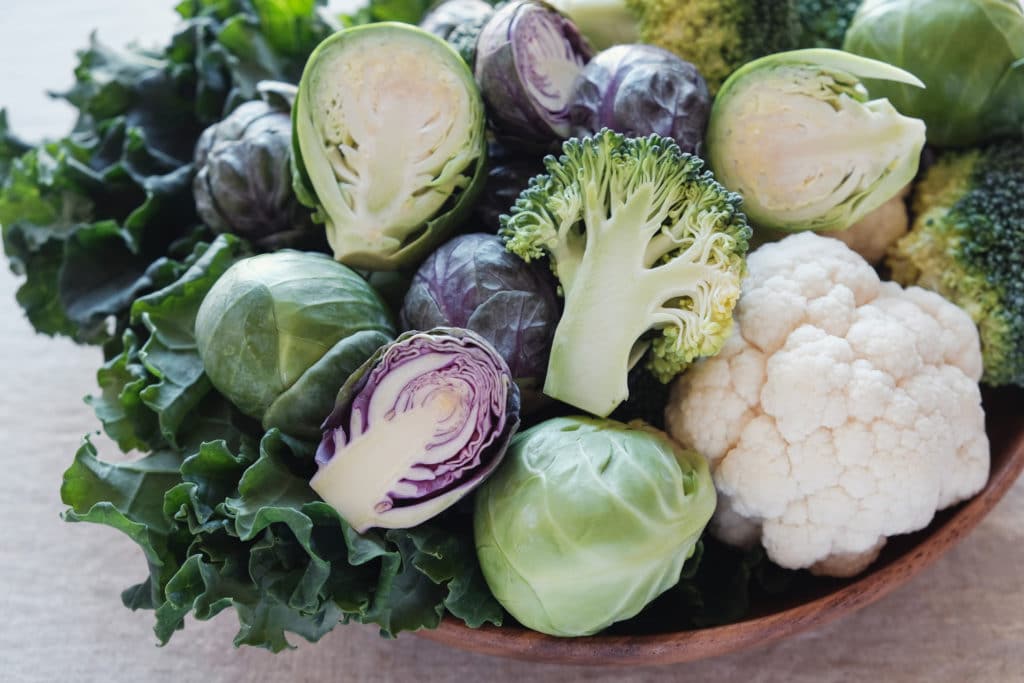April 1, 2021

Dr Traj Nibber, CEO and Director of Research at AOR has a wealth of experience and knowledge in the field of nutritional science and supplementation. We have asked him for his expert opinion on a number of nutrients, to feature in our blog. We hope you enjoy these insights and overviews of some key nutrients.
In this blog he looks at the importance of the phytonutrients in cruciferous vegetables, in particular I3C.
It has been known well known that high intake of vegetables is associated with lower incidence of disease. This protective effect is stronger when cruciferous vegetables which are members of the mustard family, also known as Brassicaceae or Cruciferae (the latter name is due to the shape of the flowers whose four petals resemble a cross) are consumed. These include- broccoli, cauliflower, cabbage, kale, Brussels sprouts, Chinese cabbage, radish, wasabi, mustard, and watercress.
We all know that green vegetables are good for us, even if we don’t eat them!
The beneficial properties of vegetables are attributed to their bioactive components like fibre, antioxidants vitamins, antioxidants, minerals, and phenolic compounds. Cruciferous vegetables contain all these molecules; however, what makes them different is their sulfurous components, called glucosinolates (GLS’s) which are responsible for their characteristic pungent odor and bitter taste. More than 120 different GLSs have been identified, and the profile and quantity vary depending on the cultivars and growing conditions.
Cruciferous vegetables are a powerhouse of nutrients including antioxidants, phenols and vitamins as well as being a great source of fibre.
Glucosinolates, and the enzyme myrosinase which is stored in a separate cellular compartment are both inactive biologically in the plant, but when chewing takes place, the two ingredients mix and myrosinase hydrolyzes or chops up the GSL’s into smaller bi-products products such as isothiocyanates and indoles like I3C which are very active.
I3C has been studied since the early 1990’s, and effects such as reduction of the incidence of various conditions such as ovarian, breast, uterine and skin have been observed in animal and a few human studies. In addition, a whole host of other benefits including promoting cellular detoxification which takes place in every cell of the body by boosting the dual phase 1 and phase 2 enzyme systems. Furthermore, research has shown that I3C causes any aged, damaged or old cells to be destroyed by a selective process called apoptosis, as well as having powerful antioxidant effects.
Many of the active principles found in the vegetables are dormant in the raw veg. It’s not until we start to chew them that the compounds combine and become active.
I3C also exhibits powerful anti-inflammatory effects by acting on Nuclear erythroid 2-related factor 2 (Nrf2) and Nuclear factor-?B (NF-?B), both of which are key central regulators in inflammation control. Finally, I3C has been shown to effects on metabolic syndrome (MetS) which includes central obesity, insulin resistance, hyperlipidemia, and hypertension.
I3C is an important biproduct produced in the body after consuming the mustard family of vegetables which helps the body cope with and protect against various external and internal insults.
Back to Blog